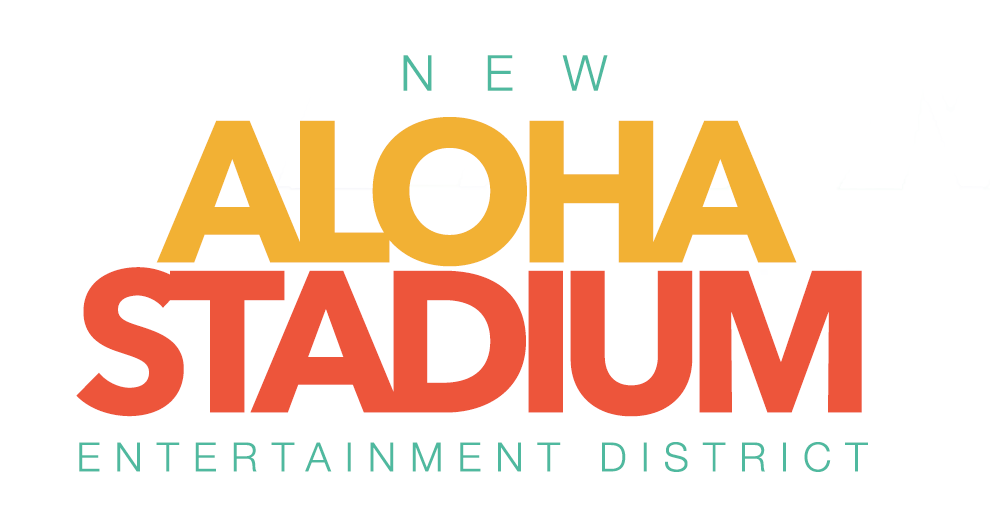Honolulu Star-Advertiser
Ferd’s Words | Sports
By Ferd Lewis
September 16, 2020
Updated 12:25 am
IN an effort to get the new, projected $300 million-plus, 35,000-seat multi-purpose stadium built and opened on time, expedited measures were announced on Tuesday.
Aloha Stadium?
Sadly, no. This field of dreams is 2,612 miles distant, San Diego State’s Aztec Stadium.
Ten months ago they were battling for the West Division football championship of the Mountain West Conference, these days the University of Hawaii and SDSU are looking to see who will be first to move into their new homes and at what price.
The Rainbow Warriors to open the 2023 season in the state-owned New Aloha Stadium Entertainment District? Or, the Aztecs in 2022 at school-owned Aztec Stadium the SDSU Mission Valley Development?
Call it the tale of two stadiums.
Both projects have been a couple of decades in the works, SDSU’s project working through contentious ballot issues and land negotiations with the city. Aloha Stadium has had to navigate federal and city deed restrictions as well as capitol politics.
The Aztecs ceremonially broke ground last month on their planned 35,00-seat, $310 million stadium that will be adjacent to their most recent home, the city-owned 70,561-seat San Diego Country Credit Union Stadium. In its 53-year existence, it has formerly been known as Qualcomm Stadium, Jack Murphy Stadium and San Diego Stadium and previously also was home to the Padres and Chargers.
To expedite the demolition of the old stadium, the Aztecs announced Tuesday they will play the 2021 season (spring and or fall) in Dignity Health Sports Park, 113 miles north in Carson, Calif., where the Chargers spent the past three seasons and the LA Galaxy calls home.
“Once the sale of the site was finalized with the city and we knew we could play football in Aztec Stadium in fall 2022, based on all the information we had gathered, it became clear the existing stadium had to come down in the first quarter of 2021,” SDSU Athletic Director John David Wicker said in a statement.
Meanwhile, state officials here have said they need either a special session of the Legislature or an executive order from Gov. David Ige to correct a language flaw in Senate Bill 2940 and substantially move ahead without costs rising as much as an estimated $20 million if the measure is pushed back to the 2021 session.
The bill, which would have transferred governance of the NASED project from the Hawaii Community Development Authority to the Stadium Authority, was deferred and expired July 10, the final day of the last session.
State officials had hoped to readdress the bill in a special session in August, if legislators were called back by the release of additional federal funds for COVID-19 relief. But with the U.S. Congress yet to act, that hasn’t happened and it has slowed the NASED procurement process and the public announcement of what are to be three priority-listed, developer-lead teams.
With no other major facilities to jump to in the meantime, the Rainbow Warriors, rust willing, will finish out their Aloha Stadium days in the current, 46-year-old, 50,000-seat facility until the new one, expected to seat 35,000 and cost more than $350 million, rises next door.
Then, the old one will be torn down. Or, maybe, by then a stiff wind will just do the job.
READ FULL ARTICLE HERE.

